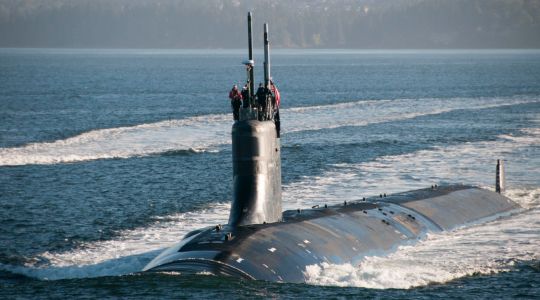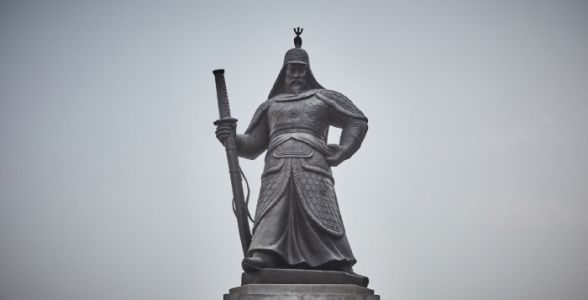 The world’s largest iceberg, designated A23a, is drifting northwards from Antarctica towards South Georgia, a British territory and wildlife haven, where it could ground and break into pieces. If that happens, it poses a grave threat to King Emperor penguins’ colonies, millions of elephant seals, and fur seals on the island.
The world’s largest iceberg, designated A23a, is drifting northwards from Antarctica towards South Georgia, a British territory and wildlife haven, where it could ground and break into pieces. If that happens, it poses a grave threat to King Emperor penguins’ colonies, millions of elephant seals, and fur seals on the island.
In addition to being currently the largest iceberg adrift in Antarctic waters, A23a is also one of the oldest. In 1986, the massive iceberg, more than three times larger than New York City, calved off West Antarctica’s Filchner-Ronne Ice Shelf and immediately grounded on the floor of the Weddell Sea, where it remained stuck for almost four decades until it broke free in late 2023.
Then, instead of drifting off on the Antarctic Circumpolar Current into “iceberg alley,” A23a became stuck in a massive oceanic eddy just north of South Orkney Islands, turning in an anti-clockwise direction by about 15 degrees a day, where it remained for almost a year before escaping the vortex in mid-December.

 On the day following Jimmy Carter’s funeral, it seems like a good time to look at the top-secret submarine that bears his name.
On the day following Jimmy Carter’s funeral, it seems like a good time to look at the top-secret submarine that bears his name. The
The  Happy
Happy  An updated holiday season repost.
An updated holiday season repost.
 Authorities in Russia have said two small Russian oil tankers sank or were seriously damaged in the Black Sea on Sunday, resulting in an oil spill in the Kerch Strait. The two tankers, Volgoneft-212 and Volgoneft-239, each with cargo deadweights of approximately 4,200 tonnes and both
Authorities in Russia have said two small Russian oil tankers sank or were seriously damaged in the Black Sea on Sunday, resulting in an oil spill in the Kerch Strait. The two tankers, Volgoneft-212 and Volgoneft-239, each with cargo deadweights of approximately 4,200 tonnes and both  The
The  The
The  The
The  One hundred and seven years ago today, on the morning of December 6, 1917, the French freighter
One hundred and seven years ago today, on the morning of December 6, 1917, the French freighter 
 Yesterday, the World Cruising Club (WCC) released a
Yesterday, the World Cruising Club (WCC) released a  Here is yet another story to remind us how little we understand about orcas, also known as killer whales. We are still scratching our heads over why
Here is yet another story to remind us how little we understand about orcas, also known as killer whales. We are still scratching our heads over why